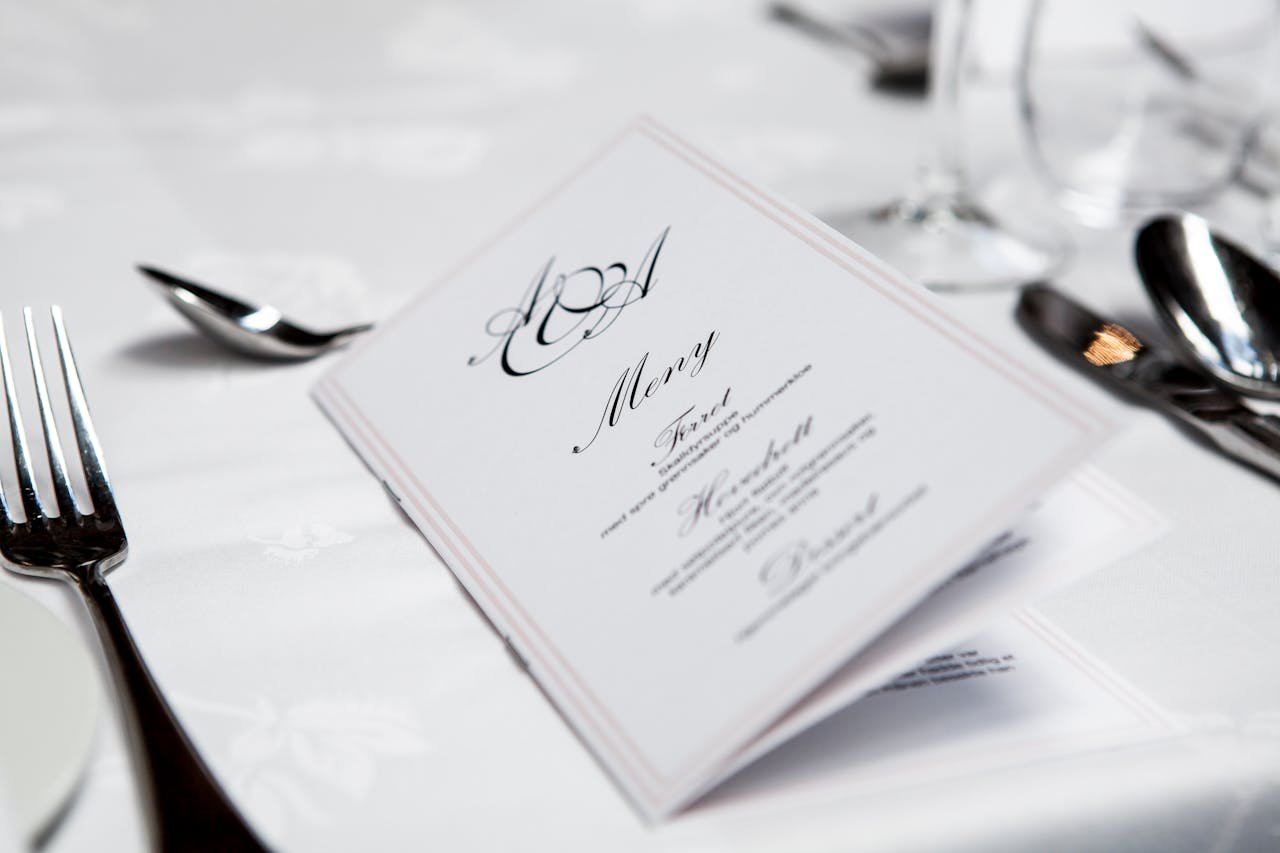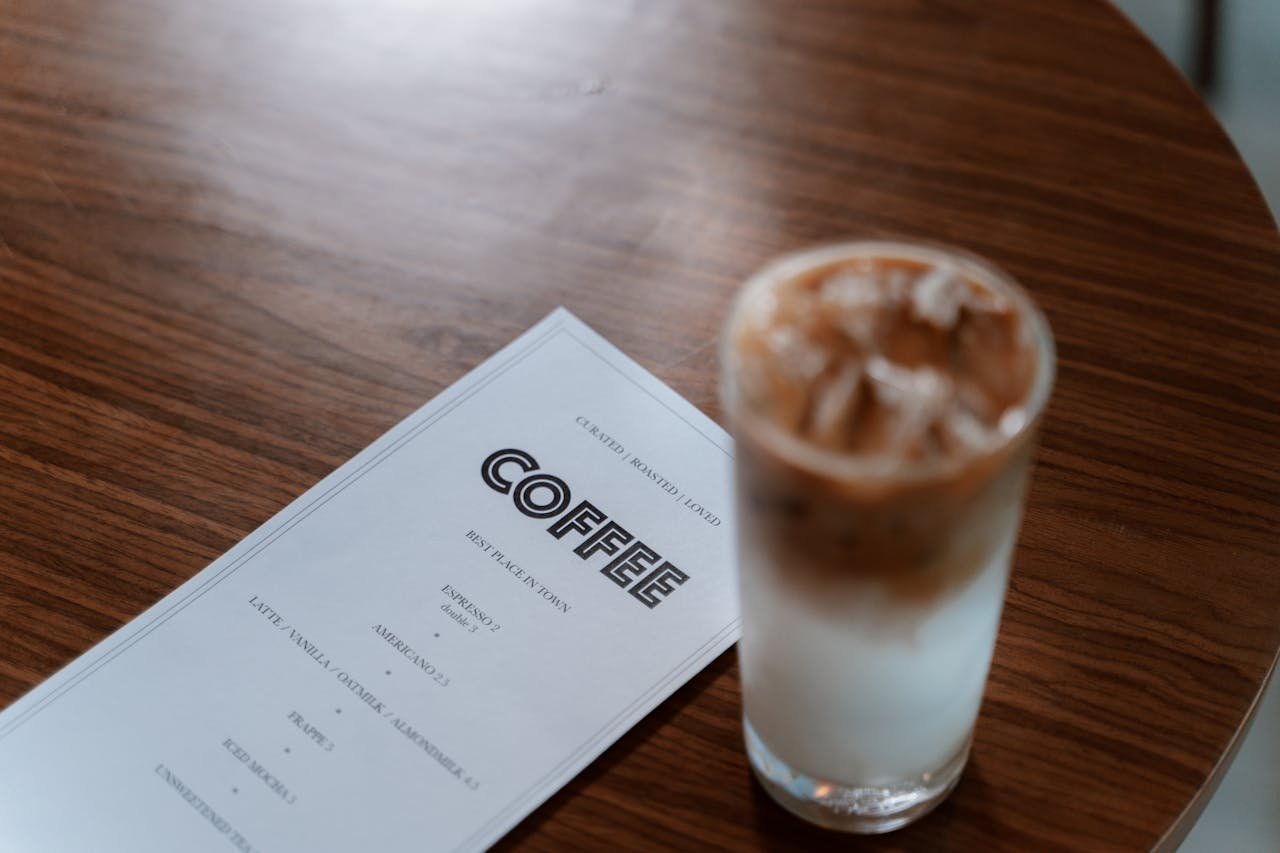Creating a menu from scratch might seem exciting at first — until you’re faced with a blank sheet and too many ideas. Whether you’re launching a new food concept, starting from your home kitchen, or revamping an existing menu, the planning phase is where everything takes shape. It’s not just about what you like to cook, but what your market wants, what your kitchen can handle, and what makes sense for your cost.
The blank page is not your enemy. It’s your space to start smart.
Start with Your Core Idea — Then Build Around It
Every good menu begins with a concept. Are you going for comfort food, modern Asian fusion, or plant-based meals? Once your identity is clear, you can start shortlisting dishes that reflect that. But remember — don’t overload. More is not always better.
Think about your strengths, signature items, or what you personally enjoy making. Focus on 3–5 hero dishes first. Once those are solid, you can build side items, drinks, or dessert offerings around them. Starting small keeps your operations tighter and lets you test demand before scaling.
Also ask yourself: What do I want to be known for? Your menu should answer that clearly.
Match Your Menu to Your Kitchen’s Reality
Your kitchen setup plays a huge role in shaping your menu. If you’re cooking from a home kitchen, or using a shared cloud kitchen space, your equipment, prep space, and manpower will limit what you can realistically offer.
The key is to design a menu that works with your kitchen, not against it. For example, overlapping ingredients across multiple dishes helps save on prep and cuts down waste. Avoid overly complex items that require too much timing, tools, or staff if you’re running solo or with a small team.
A smart menu not only makes life easier in the kitchen — it also helps with cost control and consistency.
Pricing, Prep, and Planning Ahead
Once your draft is ready, break down each item into ingredients, prep time, and portion size. This is where the planning gets real — and where most food businesses struggle if done too casually.
Use a simple costing sheet to track how much each item costs to produce (including time, packaging, utilities). Then set your pricing with a comfortable margin, but also keep it competitive based on your audience.
Also think ahead:
How often will you change or update the menu?
Do you want to run specials or seasonal items?
Can you batch cook, pre-pack, or streamline parts of prep?
Menus that are well-planned from the start reduce stress and make it easier to scale as demand grows.
Closing Thoughts
That blank notepad next to your garlic cloves is full of potential — you just need a structure to start filling it in. With the right mix of creativity and planning, your menu can be more than just dishes — it becomes the roadmap for how your business runs.
Whether you need help deciding what to keep, what to cut, or how to cost, you don’t have to figure it all out alone. At Culinary Blueprint, we’re here to help you plan better from Day One.



